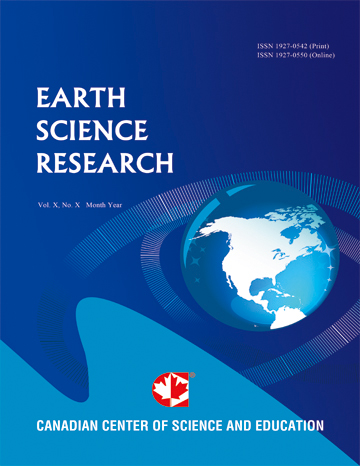Preparation of Biochars from Bio-Waste for Removing Pollutants from River Water
- Yiyu Wu
- Xinhua Xu
Abstract
As a low-cost adsorbent, biochar can be used as a great tool for water treatment. Instead of using expensive woody biomass for biochar production, this study aimed to investigate the feasibility of using biowaste such as sugarcane skins, orange peels, and peanut shells to produce biochars through pyrolysis at 700°C. The optimal time length, dosage, and temperature for water purification were explored afterwards in batch tests. The ammonia nitrogen (NH4+-N) removal efficiencies of sugarcane skin, orange peel, and peanut shells were 74.4%, 96.3% and 90.8%, respectively, and the simultaneous permanganate index removal efficiencies were 26.6%, 31.0% and 26.6%, respectively. There was no significant difference in NH4+-N and permanganate index removal efficiencies when the dosage of three kinds of biochars was higher than 1.0 g/100 ml water. Greater adsorption capacity of biochars was observed for pollutants when temperature was increased from 10 to 30°C. These results confirmed our assumption that biowaste could make for good raw materials in producing biochars.
- Full Text:
 PDF
PDF
- DOI:10.5539/esr.v8n1p12
Index
- ACNP
- Aerospace Database
- BASE (Bielefeld Academic Search Engine)
- Civil Engineering Abstracts
- CNKI Scholar
- EuroPub Database
- Excellence in Research for Australia (ERA)
- Google Scholar
- Harvard Library
- IDEAS
- LOCKSS
- Mendeley
- MIAR
- NewJour
- PKP Open Archives Harvester
- Scilit
- SHERPA/RoMEO
- Standard Periodical Directory
- UCR Library
- Ulrich's
- WorldCat
Contact
- Lesley LuoEditorial Assistant
- esr@ccsenet.org
